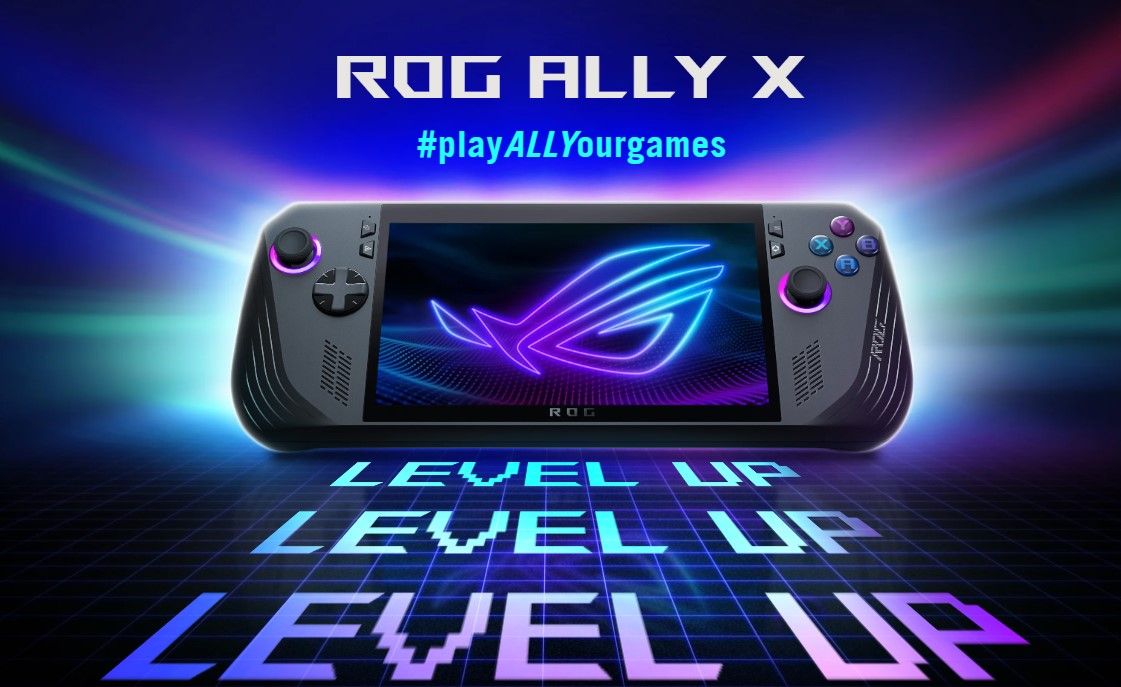From www.whathifi.com

Is anyone else getting that feeling of déjà vu? I certainly am; less than a year ago I was venting my frustrations regarding the (at the time) upcoming MediaTek Pentonic 1000 chipset which, despite being initially billed to come with a full suite of four HDMI 2.1 sockets, inevitably delivered just two connections.
That’s not to say the TVs that used this processor were ruined, in fact, the Sony A80L took home Product of the Year in the TV category at our annual What Hi-Fi? Awards, with the Panasonic MZ1500B and Philips OLED808 both following closely behind with five-star reviews.
However, in each of these TV reviews, you will find a constant motif in the ‘cons’ list near the top of the page. “Only two HDMI 2.1 sockets” is the recurring refrain that plagues these TVs; but why do we make such a big deal of it? Put simply, HDMI 2.1 sockets are precious commodities, especially if you are a serious gamer who also happens to care about home cinema audio.
The main draw of HDMI 2.1 is the ability to carry 4K 120Hz signals, which is what the latest batch of consoles support. Both the Sony PS5 and Xbox Series X need to be hooked up to a suitable HDMI 2.1 connection to deliver the smoothest and highest-resolution gameplay, which is, surely, what you want if you are spending the best part of £500 on one of these consoles.
You are also likely to want to use the variable refresh rate (VRR) and auto low latency mode (ALLM) features to reduce the possibility of stutter and screen tearing as well as controller lag. In fact, the PS5 specifically requires an HDMI 2.1 socket to unlock these features, not to mention a TV that supports them; you can check out our best gaming TVs if you need inspiration.
However, HDMI 2.1 also serves another function. It is used to carry high-quality audio over an enhanced audio return channel, otherwise known as eARC. If you have a Dolby Atmos soundbar or AVR, then you will know that it needs hooking up to the designated HDMI eARC connection on your TV – which also happens to be one of the HDMI 2.1 sockets.
So, let’s say you have a PS5, Xbox Series X and a Dolby Atmos soundbar; you are immediately going to run into some issues. The soundbar will take up the eARC slot, while the consoles will need to fight it out for the remaining high-speed HDMI connection. I am well aware that it isn’t the end of the world, as the consoles will still technically work just fine in another HDMI socket – but it’s the principle.
OLED sets aren’t cheap, especially if you opt for a Sony or Panasonic which historically tend to be more expensive than alternatives from LG and Samsung. The irony here is that LG and Samsung boast four full-bandwidth HDMI 2.1 sockets on their respective OLED TVs. In fact, LG has just upgraded the entry-level B4 to include four HDMI 2.1 sockets, something that caught my attention for this very reason during its announcement.
If you’re shelling out north of £2000 for one of the very latest OLED sets, you shouldn’t really have to compromise on features. And while there are workarounds, they aren’t exactly ideal, nor are they blanket solutions.
Some Dolby Atmos soundbars feature HDMI 2.1 passthrough, and while that might sound like the ideal solution, some won’t support 4K/120Hz passthrough. Sony only recently enabled VRR and ALLM in a software update to the HT-A7000 and HT-A5000 soundbars, while Sennheiser’s soundbars feature only HDMI 2.0 passthrough ports. This issue can also plague AVRs; despite the Award-winning Sony TA-AN1000 having all six of its HDMI inputs labelled as HDMI 2.1, only two of them actually handle 4K/120Hz.
Ultimately, there are greater concerns in the world of AV, but this has been grinding my gears for some time now. In my original rant (let’s call it what it was), I remained hopeful, stating:
“Looking ahead to 2024, we really hope that MediaTek has a step-up version of the Pentonic 1000 with four HDMI 2.1 sockets up its sleeve. More fully featured gaming TVs would mean more choice for gamers, and that can only be a good thing.”
And yet here I sit, bitterly disappointed and treading familiar ground in the great HDMI 2.1 debate. Here’s hoping for 2025 I suppose.
MORE:
Read our full LG C3 42-inch review
Here’s our picks for the best gaming TVs
As well as our overall picks for the best TVs
[ For more curated tech news, check out the main news page here]
The post This year’s OLED TVs have only two HDMI 2.1 connections – here’s why that’s not good enough first appeared on www.whathifi.com














